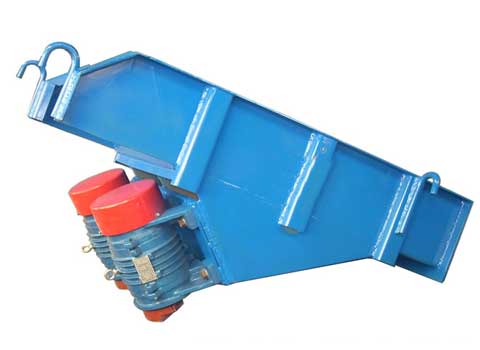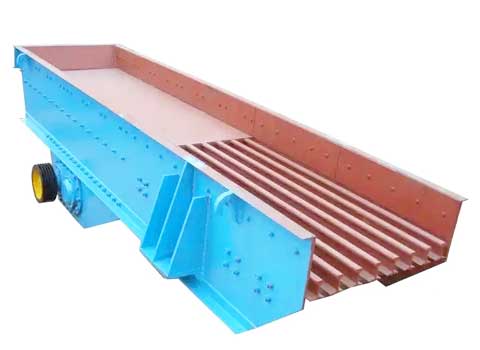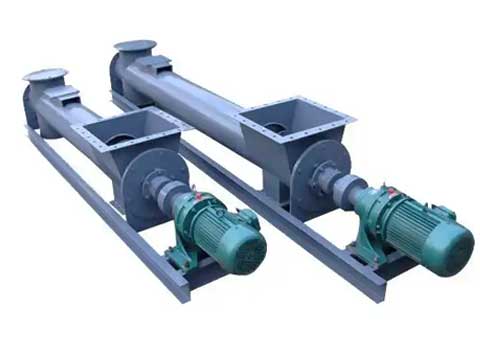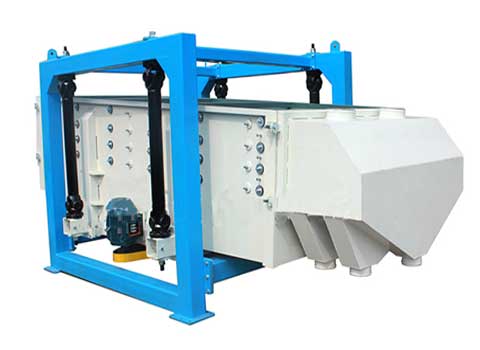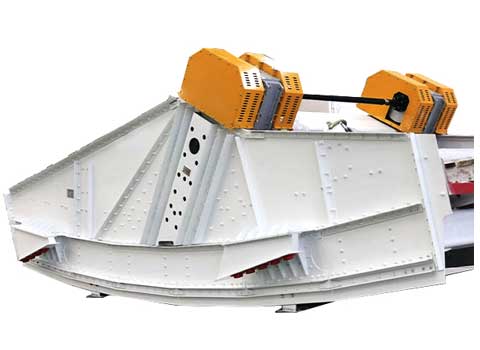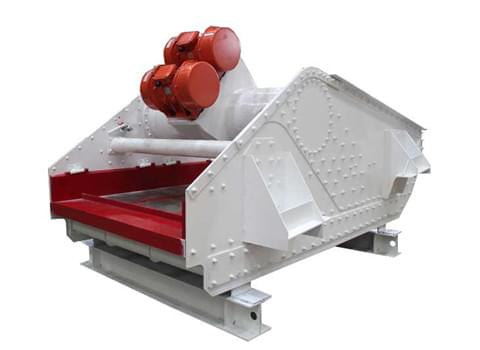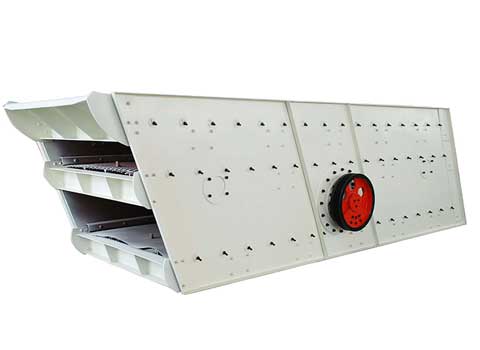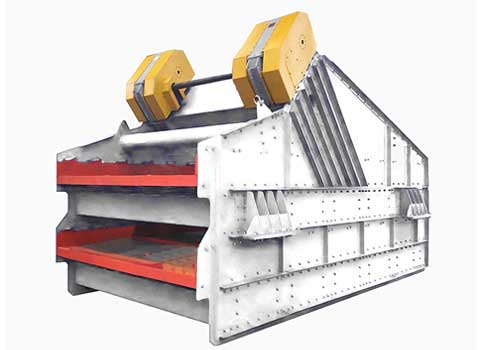
Classification:Vibrating screen equipment
Through the start of the motor and the vibration force of the exciter, the main drive shaft drives the upper screen surface and the lower screen surface for reciprocating vibration. The upper screen surface is used for screening coarser materials, quickly separating and discharging larger particles of materials; while the lower screen surface is used for screening finer materials, according to the design of the screen hole size, so that the finer materials pass through the screen holes, while the coarser materials remain on the screen surface. In this way, the double-deck horizontal vibrating screen can handle two different particle size ranges of materials at the same time, realising precise screening and grading, and improving screening efficiency and capacity.
1. Improve screening efficiency: double-deck horizontal vibrating screen adopts two independent screen surfaces, which can screen two different particle size ranges at the same time, and improve screening efficiency and processing capacity.
2. Multi-level screening and classification: the double-layer structure makes the double-deck horizontal vibrating screen able to realise multi-level screening and classification, and separate and classify the materials accurately according to different particle size requirements.
3. Flexible to adapt to different materials: because the double-deck horizontal vibrating screen can choose the appropriate screen hole size and vibration parameters for different materials, so it has good adaptability and can deal with a variety of granular materials.
4. Space-saving: compared with the single-deck screen, double-deck horizontal vibrating screen in the same screening capacity, occupies less space, can effectively use the limited site resources.
5. Reduce clogging and adhesion: double-deck horizontal vibrating screen is distributed on two levels, the finer materials are screened on the lower screen surface, reducing the possibility of clogging and adhesion, and maintaining a better screening effect.
6. Improve product quality: through multi-stage screening and classification, the double-deck horizontal vibrating screen can more accurately control the particle size of the material and improve the quality and consistency of the product.
7. Reduce energy consumption: relative to other screening equipment, double-deck horizontal vibrating screen has relatively low energy consumption, improves the energy use efficiency, helps to save energy and reduce production costs.
In general, double layer horizontal screen usually has higher screening efficiency than single layer horizontal screen. This is because the double layer horizontal screen has an additional screening layer, which can screen two different particle size ranges at the same time, thus improving the screening efficiency and production capacity. A double layer horizontal screen usually consists of two separate screen decks, the upper deck and the lower deck, which are used for screening materials of different size ranges. The upper deck is used for coarser materials, while the lower deck is used for finer materials. This double-layer structure can simultaneously handle two different particle size ranges of materials, improve screening efficiency and processing capacity. The double layer horizontal screen can achieve higher screening efficiency and capacity through reasonable screening area allocation and vibration force control. It can better meet the screening requirements of the production line for materials of different particle sizes, and complete multiple screening processes on the same equipment to improve production efficiency.
However, it should be noted that the screening efficiency not only depends on the type of structure of the screening equipment, but also affected by a variety of factors, such as material characteristics, sieve hole size, vibration parameters and so on. Therefore, in the specific selection of horizontal sieve, it is necessary to comprehensively consider the material characteristics, screening requirements, equipment costs and other factors, in order to determine the appropriate screening programme.
| Model | Sieve Surface Specifications (m) | Reference Weight (kg) |
| HDS1548 | 1.5×4.8 | 8360 |
| HDS1848 | 1.8×4.8 | 9817 |
| HDS2448 | 2.4×4.8 | 11163 |
| HDS2461 | 2.4×6.1 | 11853 |
| HDS2473 | 2.4×7.3 | 19942 |
| HDS3048 | 3.0×4.8 | 12069 |
| HDS3052 | 3.0×5.2 | 22270 |
| HDS3061 | 3.0×6.1 | 17063 |
| HDS3073 | 3.0×7.3 | 22270 |
| HDS3661 | 3.6×6.1 | 18751 |
| HDS3673 | 3.6×7.3 | 30190 |
Notice: There is a chance that LDHB may make changes on above-mentioned information. Product pictures and parameters about models, data, performances and specifications on this website are for reference only.
